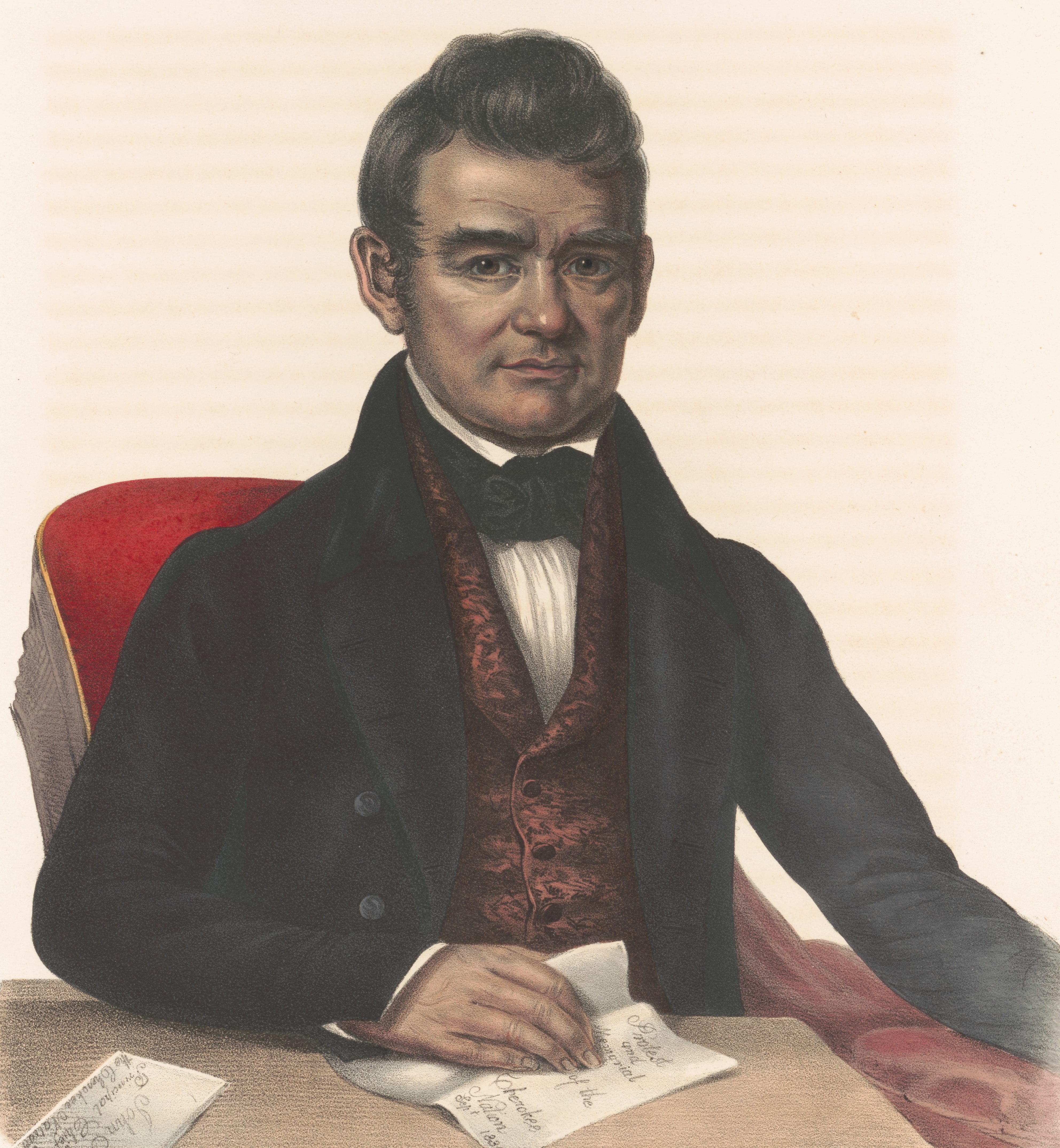The Trail of Tears
This afternoon I went to Northampton's Academy of Music to see a preview of Episode 3 of the PBS series on Native Americans, "We Shall Remain."I've managed to miss the first two episodes, though I plan to watch them online as soon as time permits. Episode 1, "After the Mayflower," deals with the Pilgrims and the Wampanoags, while Episode 2 looks at "Tecumseh's Vision." When the time for Episode 3, "Trail of Tears," rolled around, I was determined to find my way to the Academy because I had so enjoyed my experience with the Audubon preview I attended there about two years ago.
I found "Trail of Tears" both informative and confusing. I left the theater with a considerably more detailed understanding of the story of "Indian removal" (aka ethnic cleansing) from the eastern part of the country to the "Indian Territory" in what is now eastern Oklahoma. However, not everything was clear. Confusion arose from the way the story of presented. Not only did the producers and director resort to reenactment of events from a period which naturally lacks authentic film footage, but they also used a rather choppy editing technique, insufficiently bolstered by narration of the facts of the story.
I know I was not the only one who had a problem grasping some of the basic details because in the Q&A following the screening, executive producer Sharon Grimberg was asked some very basic questions, such as, "Where did the Trail of Tears end?" (Ans: eastern Oklahoma. Didn't you see the map of the route we showed you?) and "Were Major Ridge and the other two people who were murdered done in by fellow Cherokees?" (Ans: Yes. That's what we reenacted for you in those assassination scenes.)
I imagine that writing a script which would not raise hackles (or, at least, not many hackles) in one quarter or another was a ticklish process. The "Trail of Tears" story is inherently controversial because the Cherokees at its center were in a no-win situation. They could try to stay on their land and end up being forced off (the scenario for the majority of those living in the Southeast), or they could give up their land and move voluntarily to the Indian Territory. There is no way of proving that one or the other of the two factions that formed — the National Party and the Treaty Party, respectively — was right, while the other was wrong.
I hasten to add that the vast majority of the Cherokees signed a petition to Congress asking that the Treaty of Echota signed by leaders of the minority Treaty Party be voided. This suggests that, on democratic grounds, the National Party was representing what the bulk of the Cherokee people wanted. On the other hand, the petition was futile, so the Treaty side could still argue that, on pragmatic grounds, they were making a hard, but ultimately sensible choice.

(Wikipedia)
PBS has developed excellent teaching guides for school use. The guide for "Trail of Tears" is here. A National Park Service teaching guide for the Trail of Tears National Historic Trail is here.
Labels: Negotiation, Notables, Special occasion, Teaching
<< Home